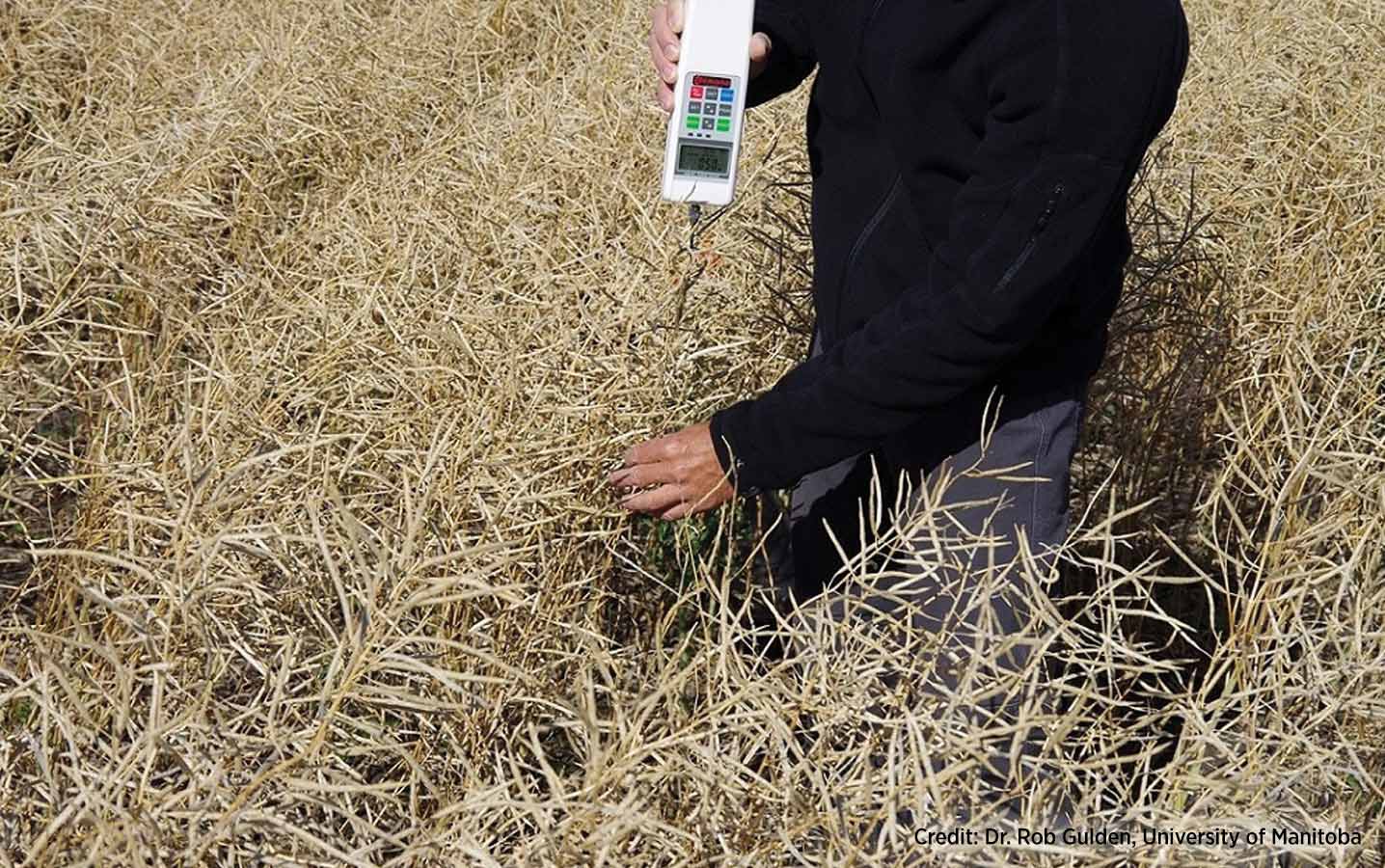Science
What better way to learn about blackleg?
Manitoba canola grower Andre Badiou took part in a study to find out more about the blackleg on his farm and pick up a few management tips. He helped with the study, and the study helped him.
Manitoba canola grower Andre Badiou took part in a study to find out more about the blackleg on his farm and pick up a few management tips. He helped with the study, and the study helped him.


Planters are the ultimate tool for precise and consistent seed placement,
which benefits canola stand establishment. But are they worth it?